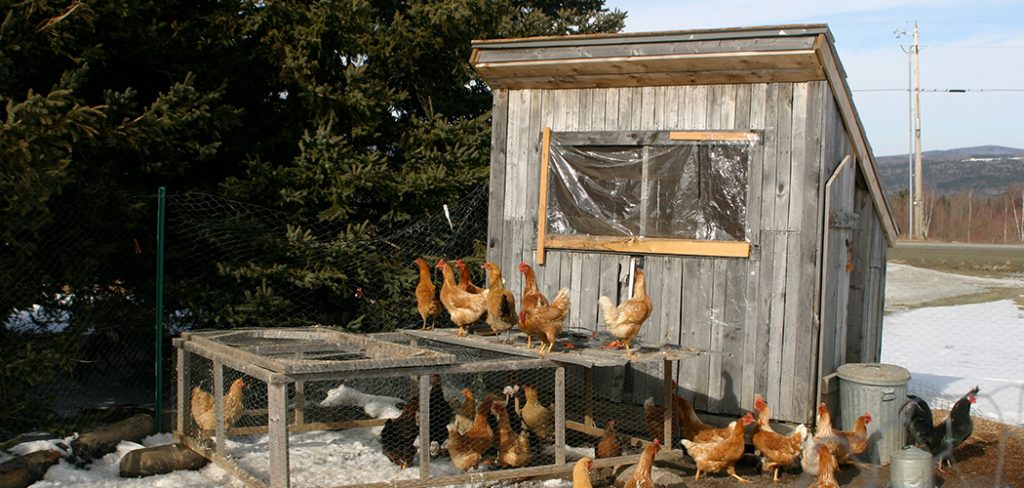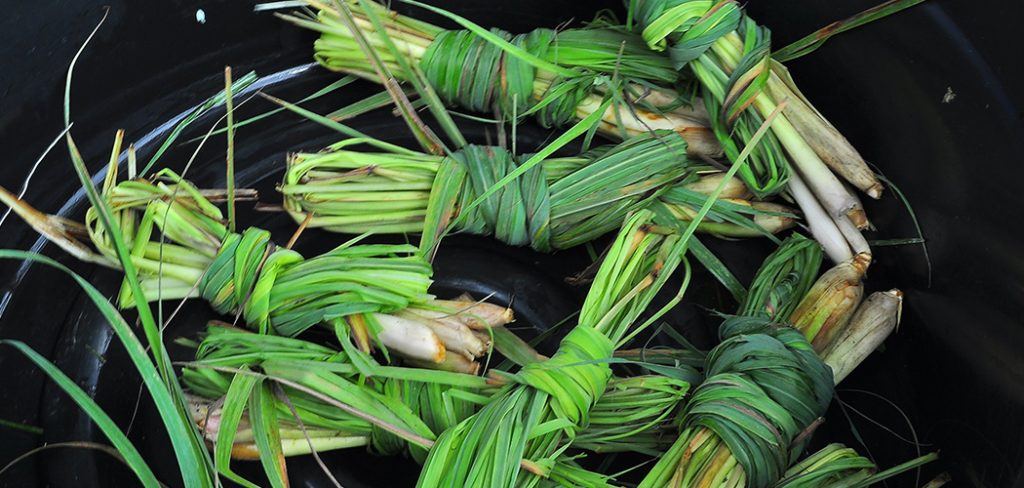Who doesn’t like raspberries? So how to prune raspberries? In addition to having a great taste, raspberries are filled with antioxidants. Antioxidants reduce risk of diseases. They have high fiber content which positively impacts your blood sugar. What else? They can protect against arthritis and combat aging as well. They are actually found to aid in weight loss. So, howsoever strict your diet may be you can still eat raspberries. The list could go on and on but let’s stop here to focus on an important issue.
Raspberries have a short shelf life hence they are best eaten shortly after purchasing. But the purchased raspberries are not freshly handpicked for you. They could be lying there for days for all you know!
The one possible solution that comes to mind is planting your own raspberries. Now, don’t start whining over how difficult it is to prune them. I have compiled this easy ‘How To Prune Raspberries’ guide just for this reason. Follow along if you want to reap these amazing benefits of raspberries.
Necessary Steps Involved In How to Prune Raspberries
Why Pruning?
Let’s start from the basics. Pruning is the annual or seasonal cutting down of dead or dying branches and stubs to encourage new growth. It is an essential practice for overall health of the plant.
If raspberries are left unpruned, the canes become overcrowded. This causes the lower parts of the plant to be shaded, causing leaves and buds to die. These buds are responsible for the new growth and so the growth of the plant is affected. Uneven distribution of water and nutrients can also occur which causes small and bad tasting fruit. Also, the shaded region is more prone to fungal infections. So, pruning is a big deal when it comes to the survival of the plant.
How To Prune Raspberries Properly?
Before you jump the gun and start pruning, you need to know some basic things about your plant. Canes of red raspberry live for two years. First year green canes are called ‘primocanes’ while the second-year canes are called ‘floricanes’. There are three basic varieties of raspberries: autumn bearing, summer bearing and everbearing.
Read my other article on growing Cranberries.
Pruning Autumn Bearing Raspberries
Primocanes shoot out in spring. They develop fruit buds along the canes which grow into little branches during summer. These branches bear fruit during the autumn and shed leaves in winter. With this, their effective fruit bearing life is over.
Pruning autumn bearing raspberries can be done with the snap of a finger. It’s that simple. Just cut all the canes to the ground every winter. Easy, wasn’t it?
Caution!
Don’t prune too early. Wait until mid-winter at least to start pruning. This allows the canes to return all the nutrients, that they absorbed, back to the plant.
Pruning Summer Bearing Raspberries
The main difference between summer bearing variety and autumn bearing variety is that the summer bearing variety fruits on floricanes rather than primocanes.
The canes which shoot out during the spring develop fruit buds along the canes during summer. The leaves fall during the winter which leaves us with a smooth brown bark. Now, don’t start cutting all over those one-year old barks! We still haven’t got any fruit from them. Leave them be for another year.
In the second summer, the fruit buds, which developed in the last summer, sprout out. Berries grow on these new branches. As the berries ripen, the floricanes begin to lose their luster and the leaves start to turn yellow, just like your parents, who grow old and weak as you mature! In the winter, the bark turns light brown or grey and gives a peeling outlook. Now is the time to grab those pruning shears from the cupboard and get to work.
Steps To Pruning Raspberries
Waste Of Space
Remove the floricanes (the second-year wood) to the ground. We don’t want them. Some of you might be thinking, “Well, how would we know if it’s a floricane or a primocane?” It’s simple! Floricanes have a more grayish, dull color and they carry all the fruit bearing shoots. So, they can be easily distinguished from fresh primocanes.
A Win-Win
Keep the row width between 1½ to 2 feet. Anything beyond this needs to be trimmed down. Don’t get tempted by thick strong canes. If they are in the restricted zone, they need to go. If you let canes grow all over, it would be very difficult to efficiently manage the fruit. Besides, cutting down excess canes reduces the competition for the nutrients. So, it’s a win-win!
Survival Of The Fittest!
Cut down any meager weak canes to improve the penetration of sunlight and the absorption of nutrients. Now you are left with only the biggest strongest primocanes ready to give you rich crop in the coming summer. Survival of the fittest!
How To Control Raspberry Bushes
All that’s left is tying your primocanes to a trellis. Trellis is a wire or fence which helps to manage the crop. Unlike the popular opinion, it isn’t that difficult to make your own trellis. Ideally, two wires should run outside the rows of your raspberries about 3 ft apart and 4 ft above the ground. Tie the primocanes to these wires using any kind of band which could be easily removed as primocanes of today are the floricanes of tomorrow. Tie half of them to one wire and half of them to the other. This should enhance light penetration and air circulation, which will cause new canes to grow in the center rather than on the edges which makes picking easy during harvest.
This solves the common headache of most people which is: How To Control Raspberry Bushes?
And, you are done! Easy, wasn’t it?
Pruning Everbearing Raspberries
After reading a four-step guide for pruning the summer bearing variety, you must be having your plate full at the moment. Don’t worry! I have good news: you don’t have to do a separate course on udemy to learn the basics of pruning everbearing raspberries. Just apply all the above-mentioned steps to everbearing raspberries and you are golden!
Is Pruning Black Raspberries Different?
Not quite! The canes of black raspberries also have a two-year life period, so they aren’t that different than their red brethren. However, they do require an extra step of pruning.
The canes of black raspberries tend to grow longer than the red raspberries. So much so that the tips can get buried in the ground and act as roots for new canes. Also, the black raspberry primocanes can develop side shoots like the floricanes of red raspberries. These shoots grow buds which will bear fruit the next year. Best way to maximize fruit growth and avoid over crowding is to cut the tips of the black raspberry canes above 30 inches. This focuses the plant’s nutrients more on the production of fruit bearing side shoots and less on the vertical growth. Other than this, pruning black raspberries isn’t any different from the pruning of red raspberries.
Conclusion
The more precious a thing is, the more care it needs. Raspberries are a gift of nature which have amazing benefits. But, in order to enjoy all of its benefits, you need to prune it regularly. The pruning is done mainly in the mid-winter season with light essential cutting of dead or diseased leaves and branches in summer. Due to an influx of incomplete information, a lot of people end up limiting the growth potential of their raspberry plant. To all those kind-hearted people who have all the intentions of growing ripe raspberries in their backyard, i have compiled this simple ‘how to prune raspberries’ guide so that everyone can enjoy tasty fresh raspberries.
Now, it’s up to you to decide whether you want to rise above the crowd of consumers and become a sought-after producer of raspberries or not. I have done my part! It’s time to get rolling!
Try growing a Bare root strawberries. Read it here.

